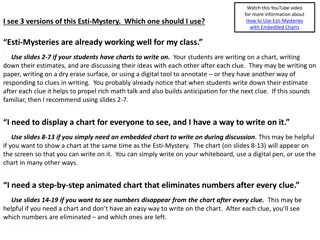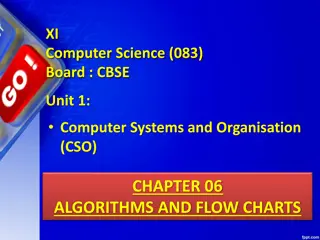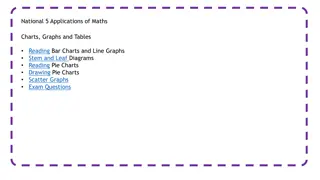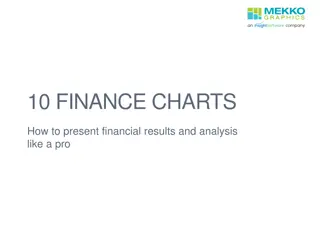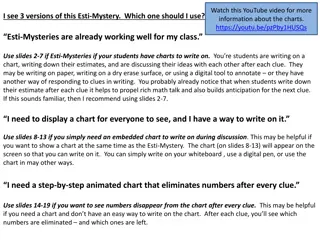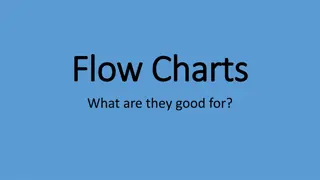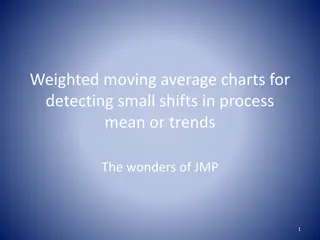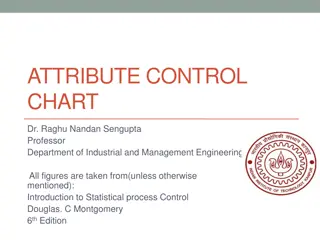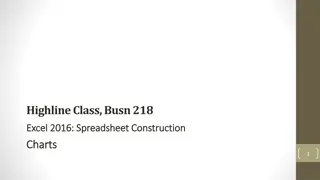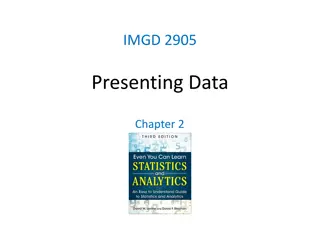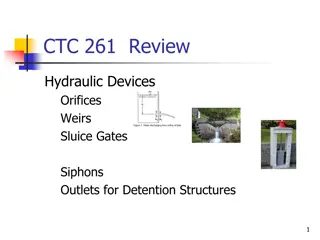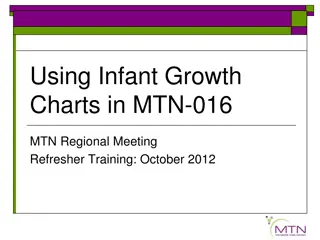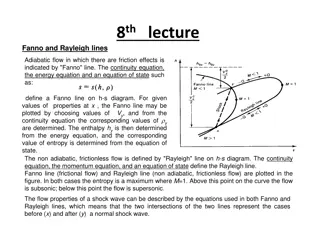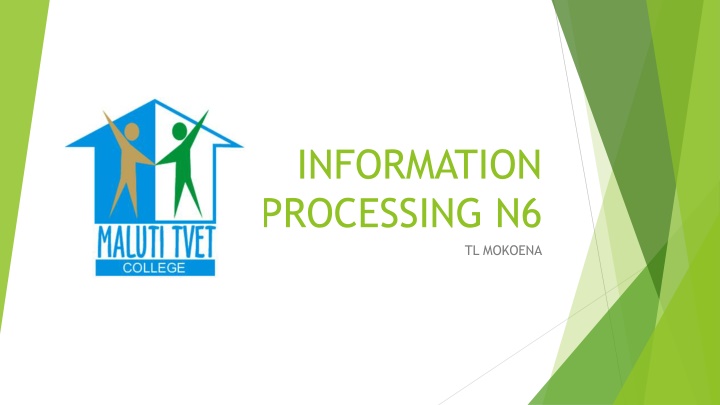
Flow Charts in Information Processing
"Learn about flow charts, a visual representation of algorithms or processes, and how to create them. Explore examples and exercises in information processing. Helpful instructions included."
Download Presentation

Please find below an Image/Link to download the presentation.
The content on the website is provided AS IS for your information and personal use only. It may not be sold, licensed, or shared on other websites without obtaining consent from the author. If you encounter any issues during the download, it is possible that the publisher has removed the file from their server.
You are allowed to download the files provided on this website for personal or commercial use, subject to the condition that they are used lawfully. All files are the property of their respective owners.
The content on the website is provided AS IS for your information and personal use only. It may not be sold, licensed, or shared on other websites without obtaining consent from the author.
E N D
Presentation Transcript
INFORMATION PROCESSING N6 TL MOKOENA
FLOW CHARTS Topic 9 Page 168
WHAT IS FLOW CHART(S)? A diagram that represents an algorithm or process, Show the steps as boxes, The boxes are connect by lines or arrows, Can give step-by-step to a given problem, or Can represent an organisational structure of a company. Process operations are represented usually by rectangular boxes. Connecting arrows = flow of control, Visualise what is going on ( help you to understand what is going on).
EXAMPLE WORKPLACE SKILLS PLAN STRATEGY SKILL WHO? HOW? COSTS
BASIC INSTRUCTIONS 1. Open Word program 2. Paper size A4 Portrait 3. Margins L and R (0,5 ) 4. Font size CN 12 5. Header -
HOW TO CREATE THE FLOW CHART(S)? 1. Insert SmartArt and Select correct Graphic from the list, Hierarchy 2. Delete unwanted (rectangular) boxes. 3. Add needed (rectangular) boxes, (NB). 4. Format the colour. 5. Type text
INFORMATION PROCESSING EXERCISES(TOPIC 9) FLOW CHART(S) Exercise 9.1 p169 Exercise 9.2 p170 Exercise 9.5 p173

